This column was originally published in the Roanoke Beacon the week of June 29th, 2021.
In this day and age, the terms ‘fascist’ and ‘NAZI’ have become substitutes for rotten eggs and tomatoes. They are thrown at anybody who disagrees with left-wing or right-wing ideologists. However, most people do not know what they really mean or used to mean.
FASCISM
In ancient Rome, each Senator was entitled to be accompanied in public by twelve “lictors”. Each lictor carried a bundle of sticks rapped around an axe. They symbolized the power of the state to punish law breakers and to inflict capital punishment. In short: they symbolized the power of the state to enforce the law.
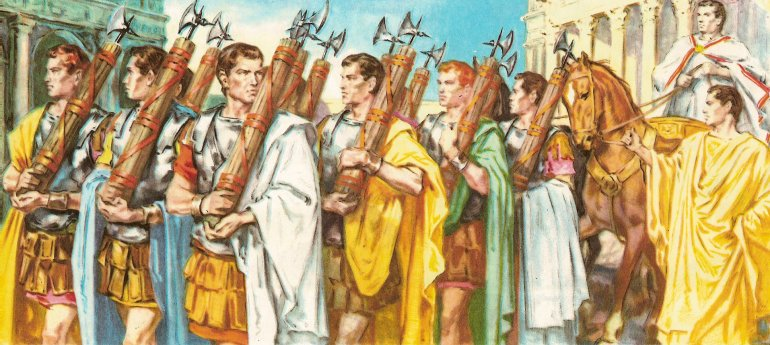
In Italian, the bundle of sticks is called “i fasci”. The symbol was chosen by the early “fascists” to symbolize the state, its power, and the superiority of the collective (multiple sticks) over the individual (one stick).
Benito Mussolini was born on June 29, 1883. His father was a blacksmith and a socialist. His mother was a catholic schoolteacher. His full name was Benito Andrea Amilcare Mussolini, after the Mexican revolutionary Benito Juarez, and the Italian socialists Andrea Costa and Amilcare Cipriani. He became a devout Marxist and member of the Communist Party of Italy, serving two years as the editor of the Communist Party Journal “Avanti” (Forward), until he left the Communist party to join the Fascisti, who initially were a nationalist faction of the Communist Party. He defined the state as the central concept of Fascism:
“Lo Stato è un assoluto, davanti al quale individui e gruppi sono il relative … per il fascista, tutto è nello Stato, e nulla di umano o spirituale esiste, e tanto meno ha valore, fuori dello Stato”.
“The State is an absolute, before which individuals and groups are relative … for the Fascist, all is within the State and nothing human or spiritual exists, and even less has any value, outside the State.”
This makes Fascism pure totalitarian statism. The original idea of Fascism, however, goes back to an Italian nobleman, the Duke of the Carnaro, Gabriele d’Annunzio, who first served as an innovative naval commander in the Italian Navy and then became famous for his romantic writings and his love affair with the famous Italian actress Eleonora Duse. D’Annunzio saw the Italian state, society, and culture in great disrepair, decadent, and weak and wanted to revive the virtues of the old Roman Republic to revitalize Italy. He discovered the fasci symbol (which actually had been inherited by the Romans from the Etruscans) and inspired a then young generation to bring back the old Roman virtues. His motto was “Dare in brocca” (Put it in the pitcher). This is a pun. In medieval times the Italian archers used the rejects from the city potteries for bow and arrow practice. “Dare la freccia nella brocca” meant to hit the clay pitcher with the arrow. Aim good, hit hard. But “Dare in brocca” also means “Serve it in a pitcher”. This refers to being together with friends and drinking wine. It means: do not be stingy and serve your friends the wine in glasses. Put the full pitcher on the table and allow everybody to help themselves. Be generous. Be nice to your friends. This makes the combined meaning of the pun: “Treat your friends nicely and your enemies harshly.” The motto was symbolized by three circles each with an arrow in it. Later, it became the trademark of the Beretta firearms company and it is still the oldest symbol of Fascism.
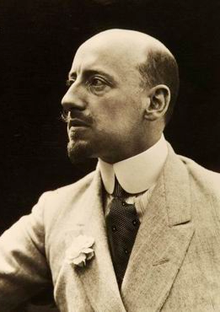
General Gabriele d’Annunzio,
the Spiritual father of Fascism.
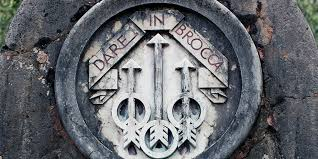

This Fascist symbol is on every Beretta pistol used by the US Army today.
Fascism then is essentially an extreme form of totalitarian statism. It should be emphasized, though, that while Italian Fascism undoubtedly saw the State as an absolute power and value and the Italian people as somewhat superior to everybody else, there was no anti-Judaism in the original Fascism and no Arian supremacy ideology.
In today’s America, the fasci symbol is everywhere. Here are two examples:
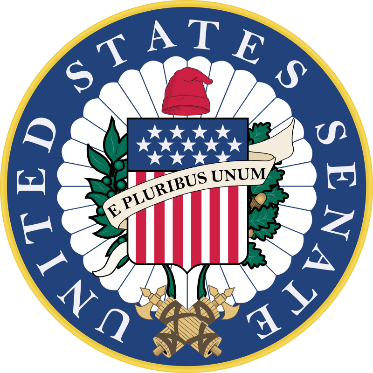
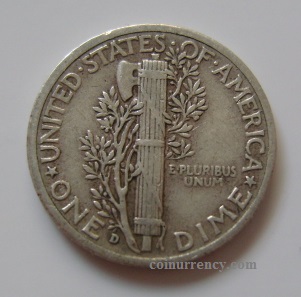
NAZI-ism
In German, the Socialists (Sozialisten) were nicknamed “SOZIs” (in the plural). Since Hitler’s party was named “Nationalsozialistische deutsche Arbeiterpartei” (“National Socialist German Workers’ Party”) its nickname was “NAZIs” (in the plural). Unlike Mussolini, Hitler had hardly any education. He fell early under the spell of Jew-haters who blamed the Jews for all of mankind’s ailments in spite of the fact that the best buyer of Hitler’s paintings in Vienna was a Jew, Samuel Morgenstern. Georg Knight von Schoenerer and Karl Lueger were among those who pushed Hitler into anti-Judaism. Hitler applied early on to become a member of the Socialist Workers’ Party, but was turned down. Later, the German Army asked him to snoop out that party. In doing so, he increasingly identified with it and stood out as an effective public speaker. Later he became its leader, and changed the name of the party to National Socialist German Workers’ Party. Hitler did obviously see himself and his party as socialist. He just rejected the Bolshevik type of international socialism believing that true socialism could only be realized on a national basis. I think it is therefore justified that we can call him a socialist. Modern Socialists claim that Hitler and his Party were not “truly” socialist. This is obviously a self-serving argument, styled to avoid the converse conclusion that, if NAZIs are Fascists and Socialists, then Socialists are also Fascists.
Aside from that – who determines what “true” Socialism is and by what criteria? In German, the term ‘nationalsozialistisch’ means socialist with a nationalist flavor, i.e. first and foremost socialist and only secondarily nationalist, a differentiation that cannot easily be made in the English language. The NAZI ideology was just as statist as the Fascist ideology, only that Hitler replaced Mussolini’s “state” with the German concept of “Volk”, which is here best translated with “nation”. One of the NAZI mottos was “Du bist nichts. Dein Volk ist alles” (“You are nothing. Your nation is everything.”), as Heinrich Deist wrote in 1924. This sounds very much like Mussolini’s “The State is everything”. In truth, the nation turned out to have little say-so during the NAZI time. The NAZI party and the NAZI state were everything, just like in Leninism and Stalinism, where in theory the working class or “the people” were supposed to own and control everything, when in reality the Bolshevik Party and the privileged Nomenklatura controlled and owned everything. I remember the Party song of the East German Communists: “The Party, the Party, is always right. And comrades let’s keep it that way. For he who fights for what’s right is always right …” (Louis Fürnberg, 1949). Of course, the Party, the State, the government, or some self-appointed elite of illuminati determine what’s right. And don’t you dare disagree, you deplorables!
Fascism, NAZI-ism, and Socialism all negate the individual and its rights and freedom. It is therefore no wonder that in reality all three turn out to be oppressive totalitarian regimes, which achieve equality by making everybody equally poor, miserable, and oppressed. This oppression is allegedly necessary for the benefit of the greater good, the collective. But how happy can a collective be when most of its individual members suffer in serfdom?
In final conclusion we can state that the core of fascism is statism, and that statism or the idea and practice of omnipotent authoritarian government controlled by an almighty political party is the common denominator of the three dominant systems of totalitarian rule: Fascism, NAZI-ism, and Socialism including its final stage: Communism.
Some of you younger folks out there: watch out what you are fighting for. It may be just the old Fascism in disguise!
